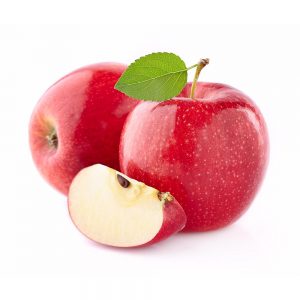Persian Saffron ( زعفران )
Saffron:
Negin Sargol Saffron:
Negin belongs to a new variety of saffron that is longer and thicker than common saffron.
Types of saffron
Saffron:
Negin Sargol Saffron:
Negin belongs to a new variety of saffron that is longer and thicker than common saffron. Persian Saffron ( زعفران )
5 stars, based on 894 reviews
Available
Order
negin sargol saffron, saffron, Iran saffron
Iran Fresh Fruits HALAL Certificate
Saffron:
Sargol Saffron (All red saffron):
This kind of saffron is pure and contains the stigma without the style. 105 kg of saffron flowers produces 1kg of sargol saffron. 5 stars, based on 521 reviews
Available
Order
sargol saffron, all red saffron, saffron, Iran saffron
Saffron:
Pushal Negin Saffron: Pushal Sargol is a hybrid that produces saffron which is longer and thicker than common saffron.
Rating: 5.0
Saffron
Available
5 Star Rating: Recommended Order
pushal negin saffron, saffron
Saffron:
Pushal Saffron (Mancha saffron): This kind of saffron contains stigmas with a 3-5mm style. 101kg of saffron flowers produces 1kg of pushal saffron.
Rating: 5.0
Saffron
Available
5 Star Rating: Recommended Order
pushal saffron, Mancha saffron, saffron, Iran saffron
Saffron:
Daste Saffron (Bunches Saffron): This kind of saffron contains the stigma with the whole style.
Rating: 5.0
Saffron
Available
5 Star Rating: Recommended Order
daste saffron (bunches), saffron, Iran saffron
Saffron:
Style Saffron: This kind of saffron only contains the style without the stigma.
Rating: 4.0
Saffron
Available
5 Star Rating: Recommended Order
style saffron, saffron exporter, export, Iran saffron
The history of saffron
Research and documentation show that the foothills of the Zagros Mountains in Iran are the native lands of saffron.
The oldest records about the usage of saffron come from the period referred to as the Achaemenid era where all of the food products that were used in the palace kitchen at that time are inscribed on a pillar.
According to these inscriptions, one kilogram of saffron was used each day in the palace kitchen.
The botany and composition of saffron
The scientific name for saffron is Crocus sativus. It is both a bulbous and herbal plant. The lifespan of the saffron plant is 7 to 10 years.
The brown bulb of the saffron plant belongs to the corm family. Each bulb grows into 6 to 9 thin, herbal leaves. In the autumn, one or two pink or purple colored flowers bloom from each corm. The pistil of the saffron flower is in the center and contains the ovary and the thin, yellow style growing inside.
Saffron flowers have bright, red stigmas that are 20 to 30 mm in length. The stigma is the edible and commercial part of saffron.
The stigma has many chemical components, such as:
carbohydrates, minerals, vitamins, pigment (especially crocin), essence (especially safranal), and flavorings (especially picrocin).
The Uses of Saffron
Saffron is used as a spice in many culinary products:
Food products such as margarine, sausages, cake powder, and many desserts.
Dairy products such as butter and cheese.
Saffron is also used in other products such as sweets, candy, ice cream, jelly, beverages, wine, chicken, rice, seafood, soup, bread, and cake.
The primary users of saffron
Arabs use saffron for preparing a kind of tea named after it and Arabic coffee.
Indians use saffron for the preparation of a dish called Biryani.
Italians and the Swiss use saffron for the preparation of a dish with rice called Risotto.
Spaniards use saffron for the preparation of a dish called Paella.
Germans and the English use saffron for the preparation of the saffron cake.
Other applications for saffron
Due to its other properties, Saffron can also be used for medical purposes such as:
• Helps with digestion; strengthens the stomach and is anti-tympanites.Persian Saffron ( زعفران )
• Rouses sexual desire
Global trade in saffron
The statistics of Iranian saffron exports, according to the Customs Organization of Iran, are shown below (values are in millions of dollars):
Iran saffron global trade, saffron, saffron exporter
Note: Statistics are from March of each year.
According to FAO statistics (2004), Iran is the number one exporter of saffron in recent years and Iranian saffron is exported to many countries.
Iran saffron export Persian Saffron ( زعفران )
This graph, based on FAO
statistics shows the
percentage of Iranian
saffron exports in the global
market.
Some useful information about saffron







Reviews
There are no reviews yet.